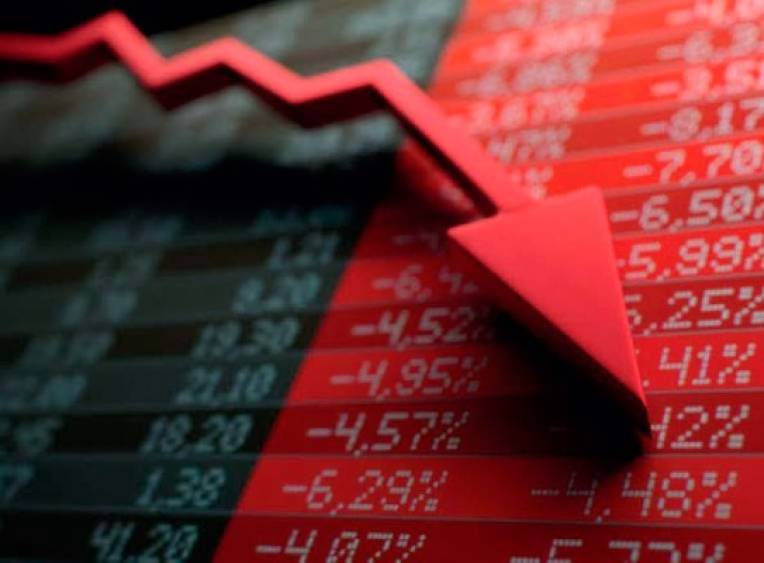What are the limits of most climate economic models used so far?
The construction of quantitative models that connect economics and climate impacts currently confront uncertainty in simplistic ways. Many of them rely on historical and cross-sectional evidence, but it is not sufficient. They serve as valuable illustrations, but there is much to be done in terms of developing models that are fully fledged quantitative tools for policy assessment.
Climate and economic models are essential if we want to understand the mapping between CO2 changes induced by humans, the resulting changes in temperature and subsequent damages. It also has consequences for valuation. Considering those elements, I find it important to feature uncertainty rather than diminish its importance.
In the case of climate change, what is uncertainty?
First of all, there is a climate uncertainty in itself, as M.R. Allen defined it in 2009, in the American Physical Society Climate Change Statement Review: “Global efforts to mitigate climate change are guided by projections of future temperatures. But the eventual equilibrium global mean temperature associated with a given stabilization level of atmospheric greenhouse gas concentrations remains uncertain […].”
That being said, when we try to do climate change modelling in order, for instance, to set stabilization targets for temperatures or to establish the cost of climate change, we face a range of uncertainty components. First of all, there is a risk, carried out by the uncertainty within the model itself. There are uncertain outcomes with known probabilities. Second, there is an ambiguity because of the uncertainty across the models. There are unknown weights for alternative possible models. And, finally, you have to deal with misspecification due to uncertainty about the models. There are unknown flaws of approximating models.
As you can see, my research features a broader notion of uncertainty that pushes beyond the usual risk modeling and measurement commonly used in economic and financial analysis. It is essential to account for all those risks and for uncertainty in order to take robust economic decisions, especially when dealing with very long-term risks, such as climate change.
How useful is the modelling of uncertainty to apprehend climate change?
Climate uncertainty is a potential important example of such a long-run uncertainty. Climate change induced by human economic activity could unfold over multiple decades and even longer. It could push the environment and the economy into places not well captured by historical evidence. Meaningful climate policy therefore has to go beyond purely evidence-based approaches, often advocated for micro policy analysis. Formal modeling and consequent model uncertainty is central to understanding the nature of this uncertainty. Some climate science experts provide insightful and tractable characterizations of divergent predictions across models of the climate system and delineate the difficulties in calibrating “climate sensitivity” based on recent historical evidence.
In fact, dynamic macroeconomic policy assessment can seldom, if ever, be purely evidence based; but climate economics is a dramatic example of how model ambiguity can come into play. An important challenge going forward is to bring to bear concrete and meaningful assessments of climate model ambiguity into economic analysis.
So, climate modelling should be used by decision-makers. But who are they?
There are different stakeholders involved in climate decisions. At the beginning of that chain, you find econometricians. But their primary goal may be to summarize evidence. Then, economic agents and policy makers take actions whose consequences may differ, depending on which model used is the correct one. On one hand, private agents confront uncertainty with implications for allocations and prices. On the other hand, policy makers design prudent policies in the face of uncertainty.
There is a direct application of marginal analysis, in very different fields, such as market valuation, local policy analysis or Pigouvian taxes.
To which extent are decision makers really taking into account the various models?
The use of climate economic models is fairly new, but I have no doubt that smart people, be they in companies, financial institutions or politics, can understand their functioning and their interest. It is true, though, that there is a need for more systematic tools.
But we still see some academics or econometricians willingly deciding to take off uncertainty because policy makers are demanding precise answers, which, in the case of climate change, cannot be simply given. The message that has now to be understood is that uncertainty does not mean that decisions cannot be taken.
Moreover, the possibility of long-term damages extremely difficult, if not impossible, to reverse should justify a call to action in itself. Waiting for precise knowledge of the eventual consequences of continued or expanded human induced CO2 emissions could make mitigation or adaptation extremely costly.
Is climate change integrated by investors in their allocations?
On the long term, it is not integrated at all. On the short term, some research is done and investors try to measure the exposition of their portfolios to climate change.
We see a growing interest for climate change in the professional world, but not specifically for climate models. Industries in new green technologies are also interested because they want to know if there will be big pay-offs in the future. But those pay-offs will probably be more dependent on political decisions than on the accuracy of the models.
Can the models be used in an asset pricing perspective?
An asset pricing perspective is typically used in applications to provide portfolio advice or to offer an enhanced understanding of how financial markets price exposure to macroeconomic uncertainty. The so called “social cost of carbon,” conceived of as a so-called Pigouvian tax on an externality with bad social consequences, in this case a tax on carbon emission, can be represented as an asset price. This opens the door to a meaningful incorporation of uncertainty into this cost measure.
Moreover, the tools of asset pricing provide coherent ways to conduct local policy analyses (analyses of small changes) in tractable ways and shed light on the impact of more discrete alterations in policy. Thus, my interest in asset pricing tools goes well beyond motivations given by people who teach investment classes.








